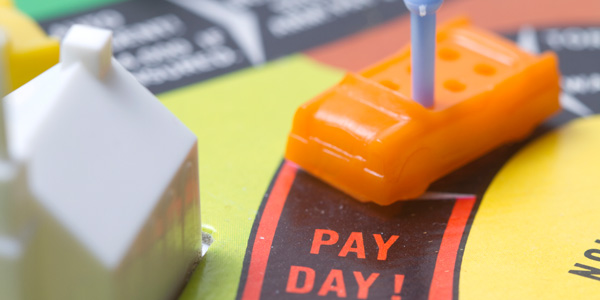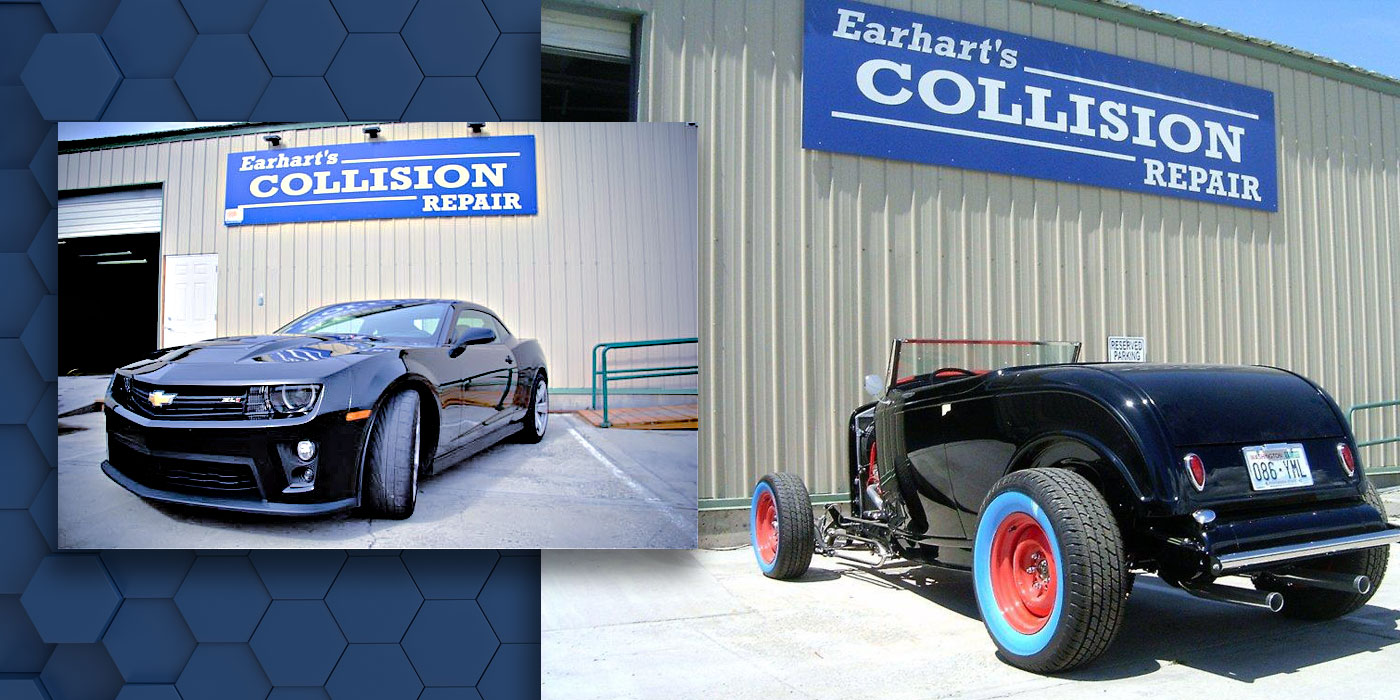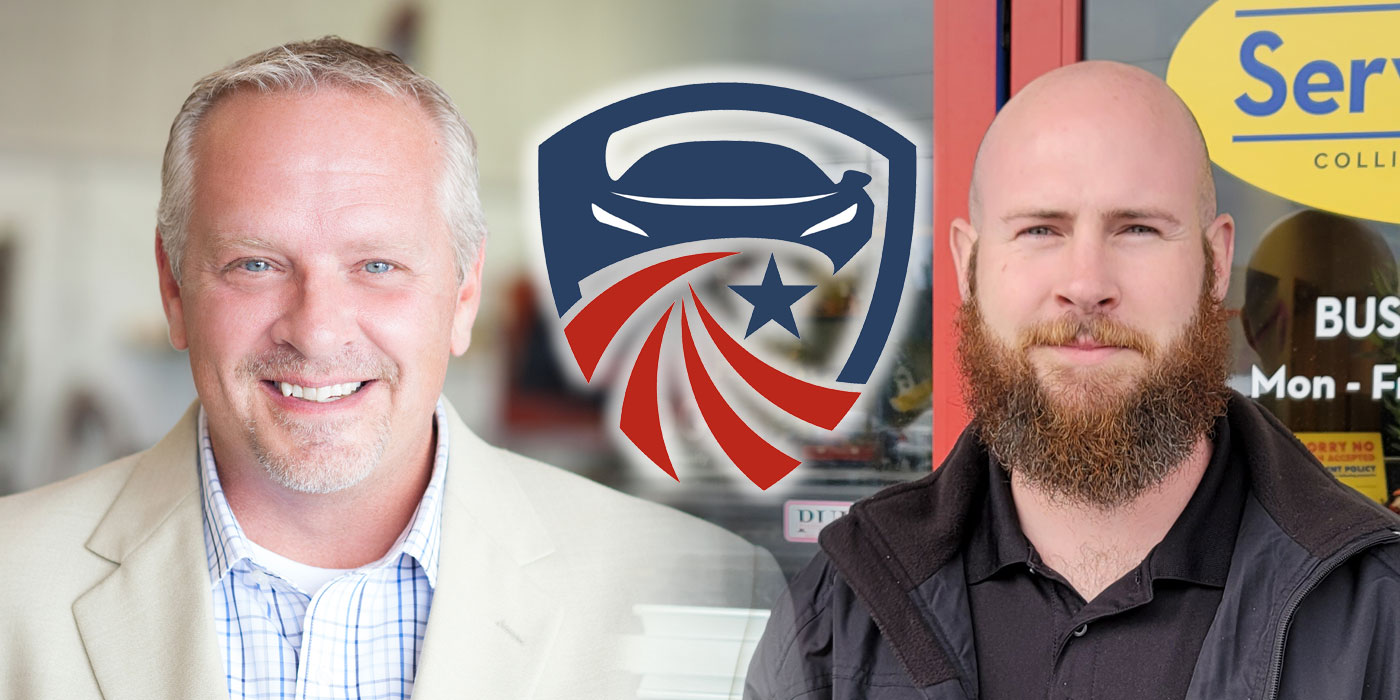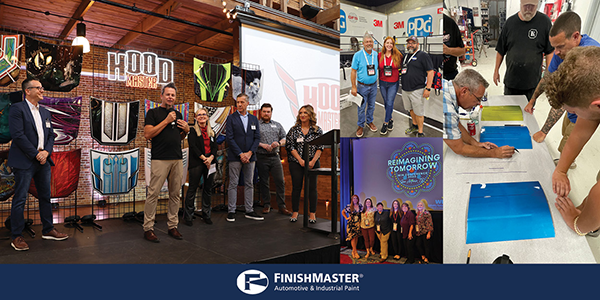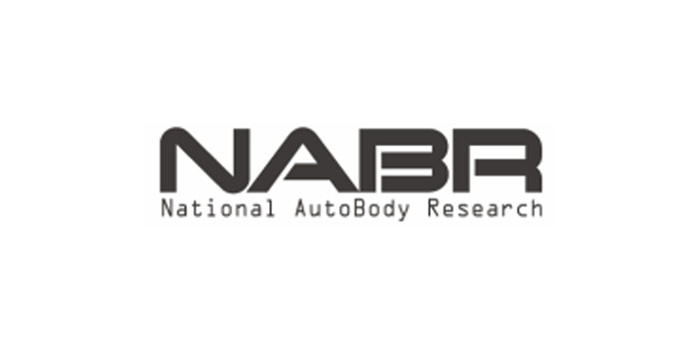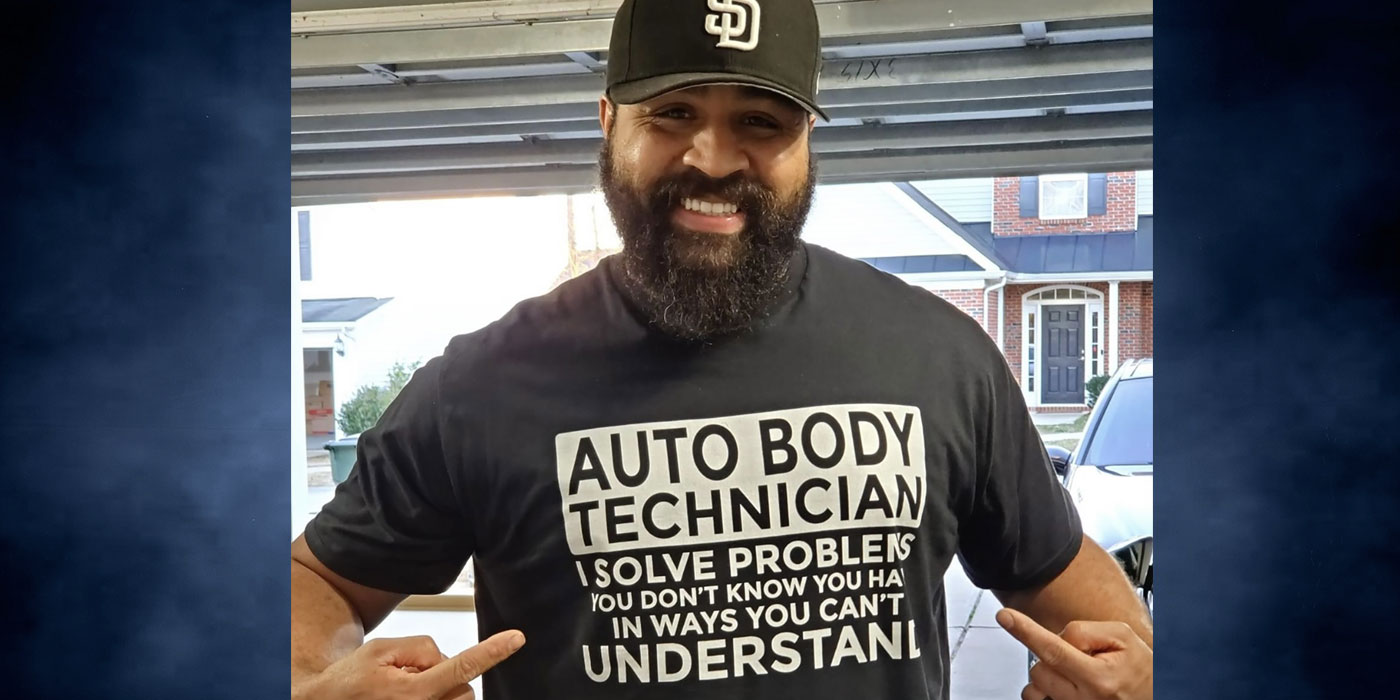*IMPORTANT: Please read this sidebar before continuing on with the rest of the story:
Industry Employment Attorney Cautions About Going from Flat-Rate to Salary
Cory J. King, a partner in the San Diego office of Fine, Boggs & Perkins LLP who specializes in the preventing and defending employment claims and has worked with the collision repair industry for over 15 years, says that moving from flat-rate to salary with bonus may work from a practical business perspective, but body shops that do this may be exposing themselves to a “host of wage/hour compliance issues” if they are not careful.
“Shops need to be aware that different laws apply depending on whether they are independent or part of a dealership,” says King. “There are also different laws that apply to flat-rate or piece-rate employees than apply to salaried or hourly employees. The transitions discussed in this article may work for certain shops, but may create huge wage/hour liability for other shops.
“It is key to remember that an employee is entitled to overtime unless he/she meets the tests for an established exemption. Shops that are part of dealerships have a few other exemption options available, but independent shops who take their employees off flat/flag/piece-rate quickly lose viable exemption options. Once the exemptions disappear, overtime liability grows very quickly, and simply putting an employee on a salary does not make them exempt from overtime rules.”
King believes that “while the transition from flat-rate to salary may provide operational benefits to some shops, the legal liabilities created may not justify the benefits. It is imperative that shops get competent legal advice from counsel experienced with wage/hour issues in the industry before making the transitions discussed in the below article.”
King also notes that these considerations apply to shops nationwide, but, as with most things, shops in California face a different set of challenges in making the proposed transition because of the difference between the way overtime pay is calculated for salaried employees.
King is preparing a more in-depth article for BodyShop Business addressing these issues, but shops that have questions may contact him at [email protected].
Continue to rest of story:
Q: “How do I set up a team structure at my shop? Mainly, how do I break down pay from flat-rate to salary-based with bonus? I have a management system in place to look back and track averages for my techs. I want the techs to be more productive and have some skin in the process of better cycle times.”
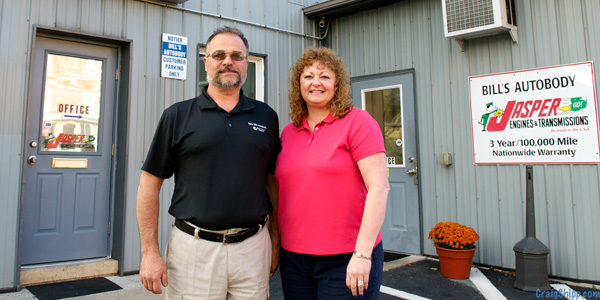
— David Ridenour, owner, New Bill’s Autobody, Thurmont, Md.
A: Many shops are beginning to discover that compensating employees using a traditional flat-rate system may not align everyone around the same organizational and customer service goals. Flat-rate structures tend to foster an “independent contractor” mentality where technicians are working for themselves, and don’t effectively encourage a team-based environment.
Team-pay structures are becoming more popular lately because, when properly managed, they can make the team more productive and encourage individual career development. The team realizes complementary skills, which are vital to keeping up with and adapting to the fast-changing repair applications shops are increasingly faced with.
Two Basic Forms
Team compensation can be administered in two basic forms: 1) commission-based or 2) salary- and hourly-based.
A commission-based team-pay structure takes the total number of actual billable units (hours) for the entire team and evenly distributes those hours among each team member for the pay period. Each member’s individual rate must be established north or south of the market flat rate based on individual skill levels and historical productivity data.
The challenge comes in establishing (and determining) base-pay rates and making employees comfortable with their rates. This requires establishing a clear description of three to five defined skill levels and the range of compensation for each level.
For example, if you have 10 technicians who collectively have produced 600 billable units for a given week (bid hours), then each tech gets credited and compensated for 60 hours. Lower-skilled techs would be compensated at a rate that’s lower than the going market flat rate, while higher-skilled techs would be compensated at a rate higher than the going market flat rate.
Frequent communication and visual scoreboards are vital to making this pay structure work. Production units must be posted on at least a daily basis.
Risk and Reward
Moving to a salary- or straight hourly-based compensation system has significant risks but could yield great rewards. Your staff essentially becomes part of the shop’s operating expense, which means they’re awarded their compensation regardless if a vehicle is produced or not. (On the flip side, the upside has no ceiling.)
Again, this compensation system also requires defined skill-level categories and respective compensation levels. I suggest three to five categories that start with your basic entry level and go up to the master level. Training, certifications, experience and past productivity are just some of the factors that need to be part of each defined skill level.
Eight Forms of Waste
This environment mandates a strict understanding of the eight forms of waste and engages the team in a quest to reduce and eliminate that waste, which begins with a well-defined blueprinting or repair-planning process. Clear understanding of how productivity is measured is also important so the team understands the scoreboard at all times. It also requires several team meetings or huddles throughout the course of the day to discuss work throughput, work stoppages and obstacles to achieving continuous workflow.
Real-time data collection and feedback can produce rewarding results. This gives every team member an opportunity to view progress and address barriers to better throughput, and working against continuous improvement in general (one of the tenets of a team-based production approach).
Sweetening the Pot
You can sweeten the compensation pot (and, in turn, boost team buy-in) by offering an incentive-laden bonus system. Such bonus pools can be awarded after surpassing certain well-defined performance goals such as productivity or financial benchmarks, cycle time, CSI factors, throughput, on-time delivery, etc. Those pools can be carved up in many ways such as an even split, split by skill level or a split driven by a factor proportionate to each member’s base compensation. But be careful not to split based on positions (i.e. reassembly), because you do not want to incentivize one area of the shop to overproduce.
These monthly or quarterly performance-sharing pools offer extra incentives that are designed to encourage teamwork and promote an environment that recognizes the team when it achieves shop-driven goals. This system also encourages those skilled techs who traditionally devise their own personal systems to share their knowledge and provide feedback on all aspects of the production environment. Once this occurs, team members gradually learn to trust each other and work in unison, which boosts both efficiency and productivity.
Be Careful
A word of caution: Changing a compensation system can be risky business. It can sometimes be viewed negatively by employees as something that’s taking advantage of them or something that works solely for the benefit of the organization. Therefore, you must make the pay structure simple to understand, easily conveyed and – most important – easy to monitor. Employees need to know where they’re at, at any time, in the pay period. They need support on ways that will help them improve their skills, contribute more to the team and subsequently increase their earning potential.

